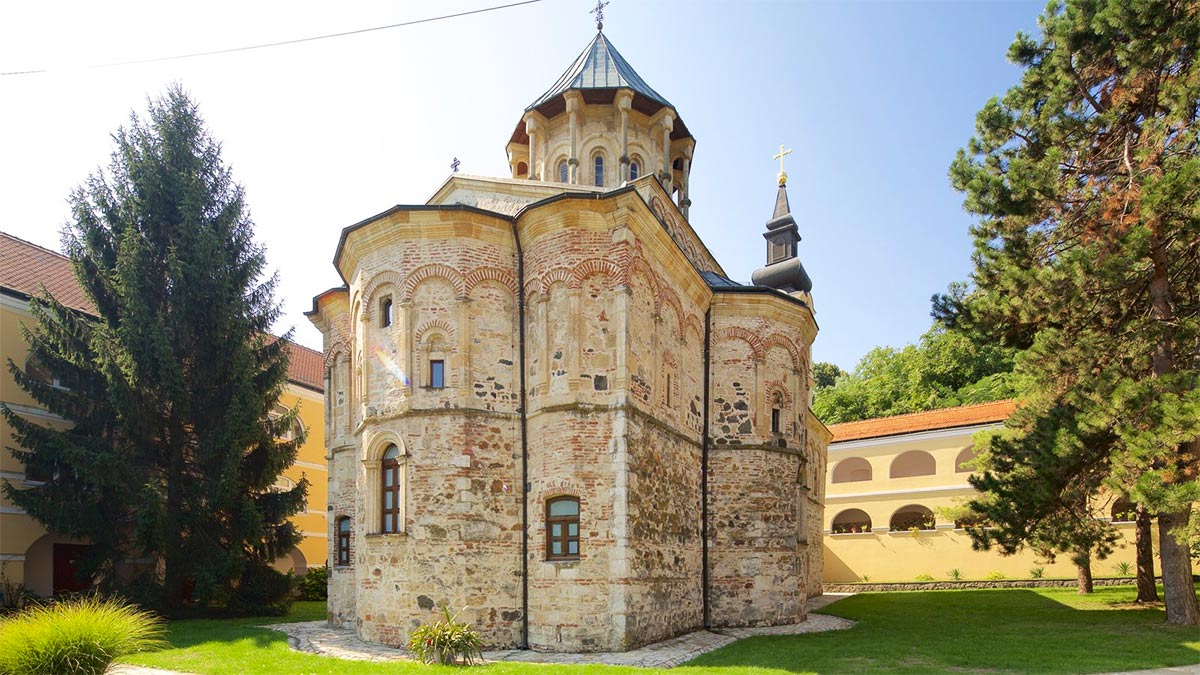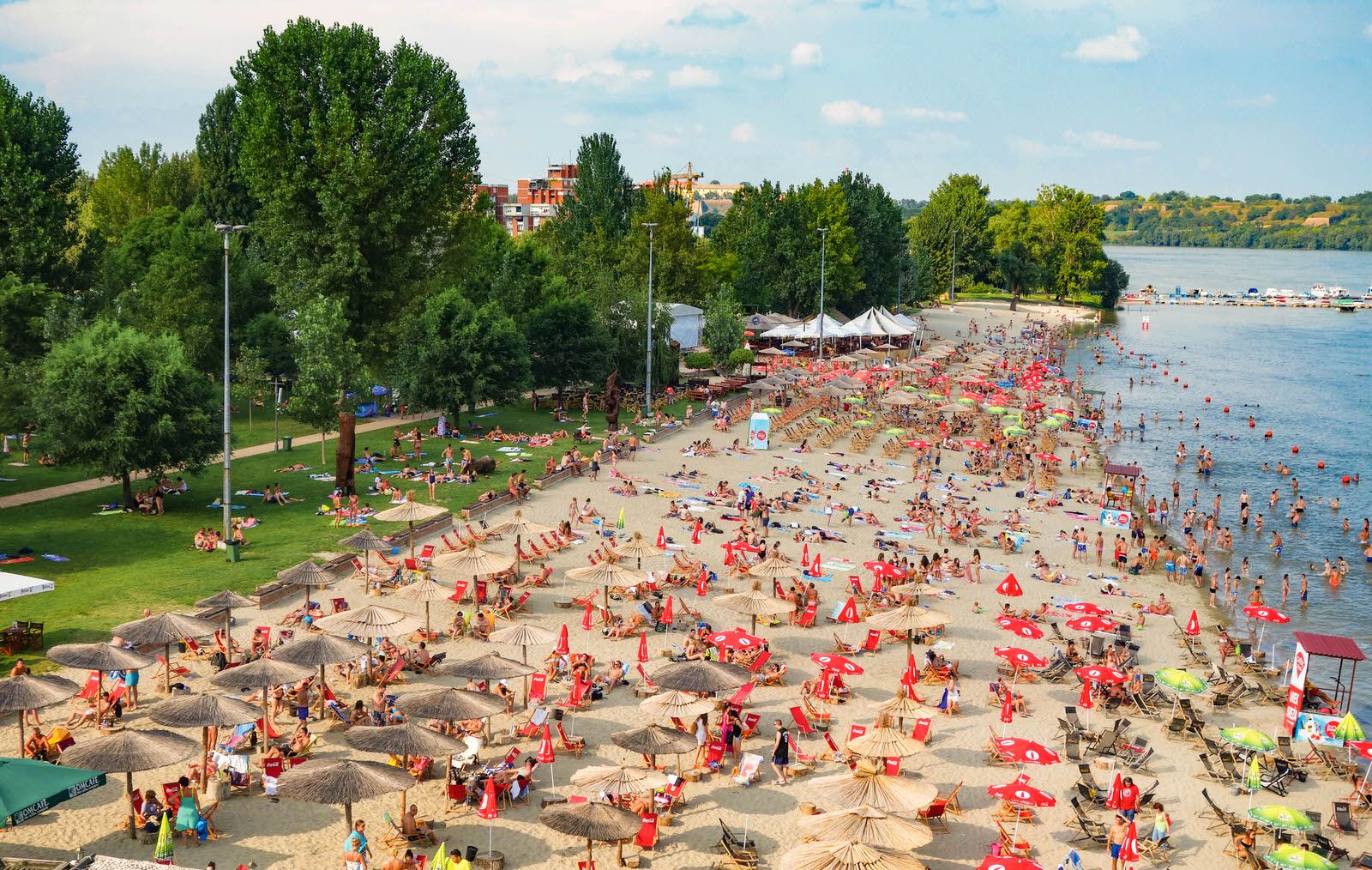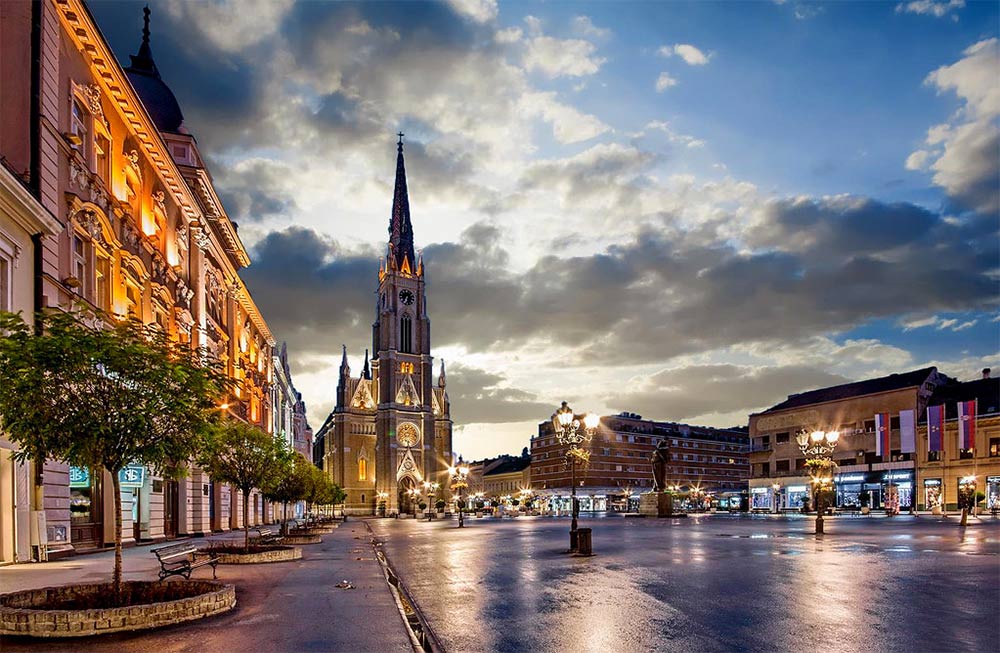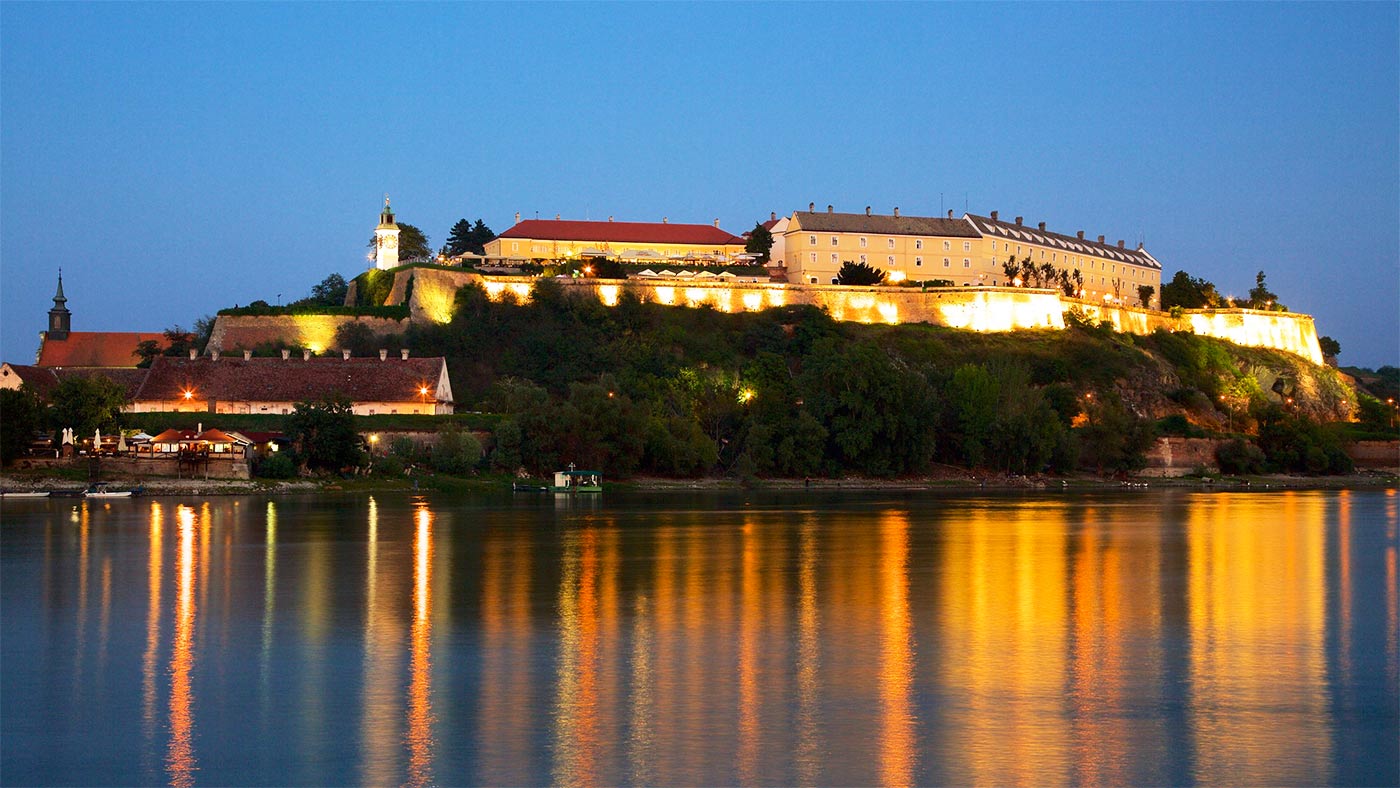4) Serbian Orthodox Monasteries at Fruška Gora National Park
Once upon a time, Fruška Gora or Serbian Mount of Athos was home to 36 Orthodox monasteries, of which today, only 16 are preserved.
Predominantly built in the period from 16th to 18h century by the royal Branković family, monasteries have been hidden among the hills of Fruška Gora and have used as great shelter during the migrations caused by the Ottoman invasions from south.
Also from cultural and religious side, these monasteries have been crucial for preservation of Serbian identity and Orthodox religion in these regions.
If you are planning to spend day or two at Fruška Gora these are must see monasteries.
Krušedol
It is known as second Studenica and probably the most visited monastery at Fruška Gora, Krušedol monastery has been founded between 1509 and 1514 as a legacy of last Syrmia despot family – Branković family.
Also, it is famous for still surviving 16th century frescoes, while majority are dating from 18th century. Monastery has been damaged and destroyed on few occasions, and was used as a prison by the Ustaša in the WW2, where many partisans have been tortured and killed.
Grgeteg
According to tradition, the monastery was founded by Zmaj Ognjeni Vuk (Despot Vuk Grgurević) in 1471. The earliest historical records about the monastery date back to 1545/1546. The monastery had been deserted before the 1690 Great Migration of the Serbs, but a renewal, undertaken by Bishop Isaija Đaković, took place in 1708.
Novo Hopovo
According to tradition, the monastery was built by the Despots of the House of Branković. The first written mention of the monastery was made in 1451, and the latest mention of the monastery dates back to 1641.
The extant church was erected in 1576 and the bell-tower with the small St. Stephen’s Chapel upstairs was built between 1751 and 1758.
The icons were painted in 1776 by Teodor Kračun, and the most important one being famous fresco of The Massacre of the Children at Vitlejem.
Velika Remeta
Traditionally, its founding is linked to King Stefan Dragutin and the earliest historical records about the monastery date to 1562. It was originally completely built of bricks, and today, among other things, is famous for its tower, being the highest among all monasteries at Fruška Gora.
Most of the relics have been stolen by Ustaše regime during the WW2.
Vrdnik
The exact date of its founding is unknown, but first mentions date from 1589. The records indicate that the church was built at the time of Metropolitan Serafim Jovanović.
It is famous for being home to relics of Prince Lazar, which were located in this monastery until the WW2, when they were moved to Belgrade (Museum of the Serbian Orthodox Church) under the threats of Ustaše regime.






